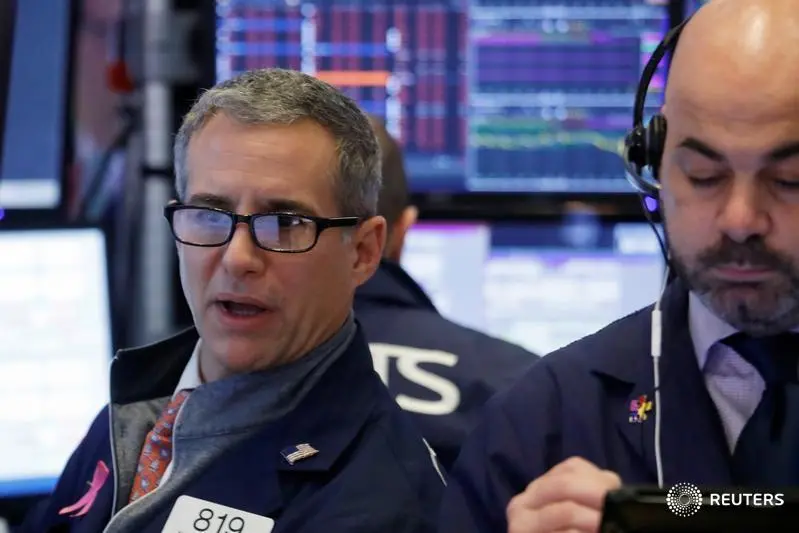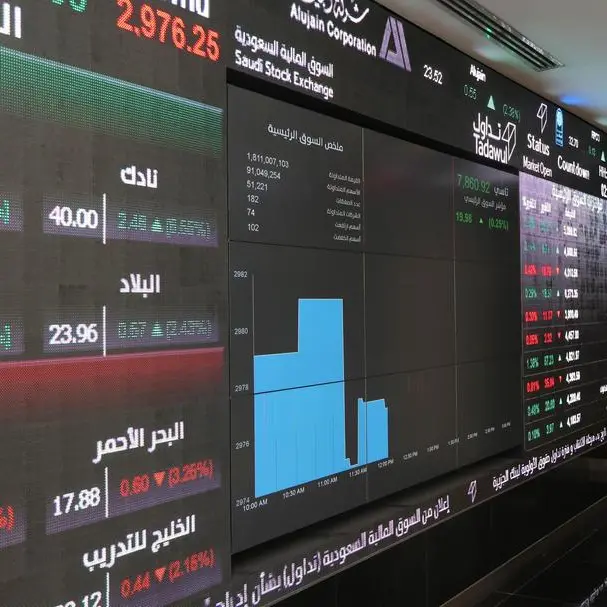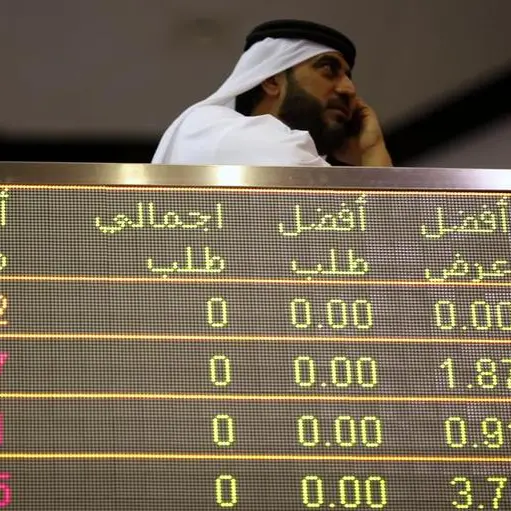PHOTO
WASHINGTON - It turns out that forward guidance is a two-way street between the Federal Reserve and markets. Chairman Jerome Powell repeatedly said on Thursday that the U.S. central bank will be patient in weighing new rate moves. Previous hawkish comments unsettled investors, helping tank stocks last month. The two are still learning to read each other.
Powell’s message of patience and flexibility was a contrast to December, when he emphasized the strength of the U.S. economy in explaining the Fed’s rate hike. What followed was stock-market turbulence and a sharp drop in Treasury yields. Other concerns abound. This week the World Bank cut its global growth forecasts for this year and 2020, while trade tensions simmer. A partial U.S. government shutdown is in its 20th day.
But even the chairman’s dovish message carried a bit of a sting. On Thursday Powell said the Fed’s balance sheet, which it has been steadily shrinking since October 2017, would be “substantially smaller.” The remark slightly pushed up the dollar. Last week, Powell had said the central bank could be flexible in the balance sheet wind-down, after saying in December that it was on “autopilot.”
Markets may have overreacted to some of Powell’s comments but he’s also been a bit loose with his language. Last October, he said the Fed was a “long way” from a neutral interest rate that neither harms nor helps the economy, which caused stocks to tumble. In November, he walked back those comments by saying rates were “just below” neutral, sparking a short-lived rally.
The messaging could get trickier if the Fed ends forward guidance and moves to data-dependent language. Its rate-setting committee is considering making such a transition, according to minutes of its December meeting. Forward guidance was helpful in bringing long-term rates down earlier this decade when the federal funds rate was close to zero. It’s now at a range of 2.25 to 2.5 percent, which makes it an ideal time for the change.
But data can be inconsistent, especially when the economy is at a turning point. And the potential for miscommunication will rise as Powell will hold press conferences after all eight committee meetings this year. Hopefully the learning curve – for the markets and the Fed in understanding each other – won’t be steep.
CONTEXT NEWS
- U.S. Federal Reserve Chairman Jerome Powell said on Jan. 10 that the central bank can be patient as it sees how the economy evolves in 2019. With inflation under control, Powell said the Fed can see whether slower global growth or the strong underlying U.S. economy prevails before taking any new decisions on rates. He made his comments in an interview at an event hosted by the Economic Club of Washington, D.C.
- Separately, Richmond Federal Reserve President Thomas Barkin said on Jan. 10 that he’s hearing worries about how long the strong U.S. economy will last, adding that he expects “trend” growth to fall to about 1.9 percent. Other regional Fed presidents expressed caution about the economy in remarks on Jan. 9 and 10, including Boston Federal Reserve President Eric Rosengren.
- Members of the Federal Open Market Committee also discussed options for transitioning from forward guidance language, including replacing it with comments focusing on the data-dependent nature of policy, according to minutes of the committee’s December meeting that were released on Jan. 9.
(Editing by Tom Buerkle and Martin Langfield)
© Reuters News 2019












